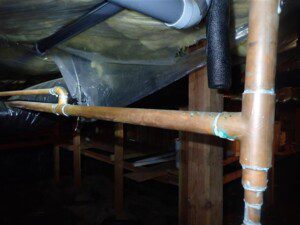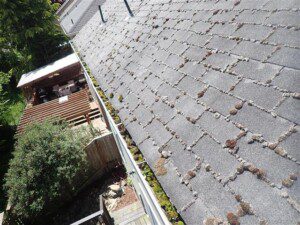Wintertime in the Pacific Northwest brings many great outdoor activities; from skiing the slopes of Mount Hood to storm watching at Cannon Beach, wintertime in the PNW brings plenty of changes to our region. While cold and wet weather can put a damper on some activities, it can also bring a host of problems for your home. In this article, we will explore a few Do’s and Don’ts of winterizing your home.
Do: Insulate, Insulate, Insulate

Don’t: Close your foundation vents
Foundation vents are an important part of a ventilated crawlspace and help to allow proper airflow throughout the unconditioned space. Since moisture is the bane a crawlspace that brings many problems such as mold and decay, giving your crawlspace adequate ventilation is especially critical in the winter. Leave your foundation vents open year round to ensure your crawlspace stays cool and dry. (Important – Insulate the floor and all water supply lines in the crawlspace before leaving foundation vents open).
Do: Clean your gutters

Don’t: Leave hoses on hose bibs
While garden hoses are a convenient tool to use for watering the garden in the summer, hoses should be disconnected from their hose bibs during the winter months. Since water expands when it freezes, water that remains in a hose that is still connected to a spigot or bib can crack the fixture or even damage the pipe. Frost-free spigots are also susceptible to this damage so be sure to store the hose bib away before the first frost of the season.
Do: Sealant!
The cool dry autumn season is a great time to check around your home for deteriorated sealant and re-caulk as necessary. Checking around windows, doors, siding, roof fasteners, and any other penetrations or gaps in your homes exterior before the winter rain starts can help to prevent moisture intrusion and costly repairs in the future.
